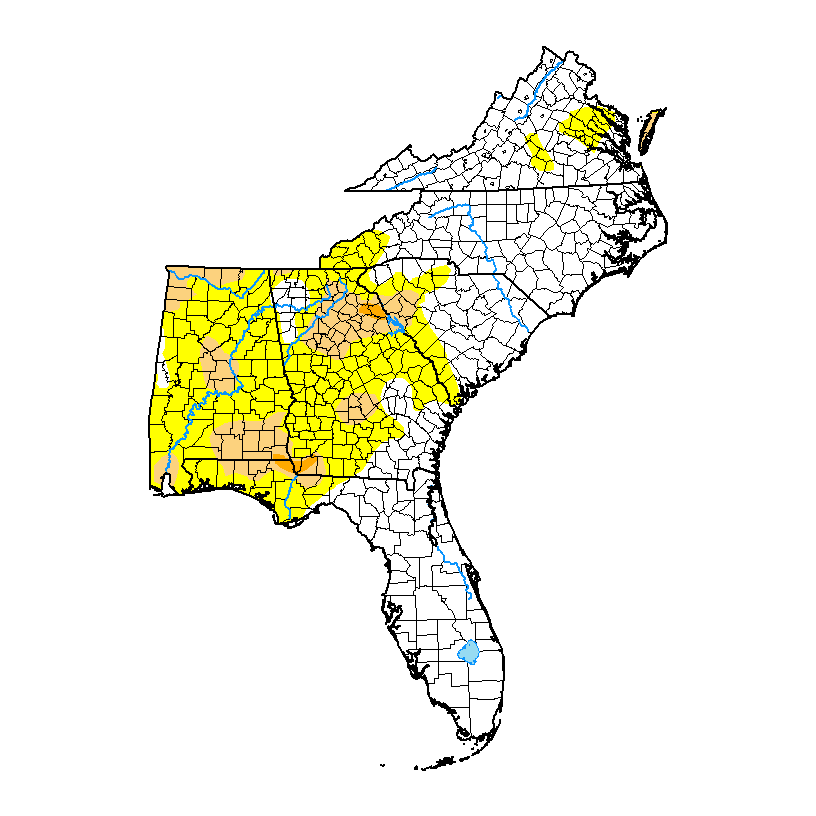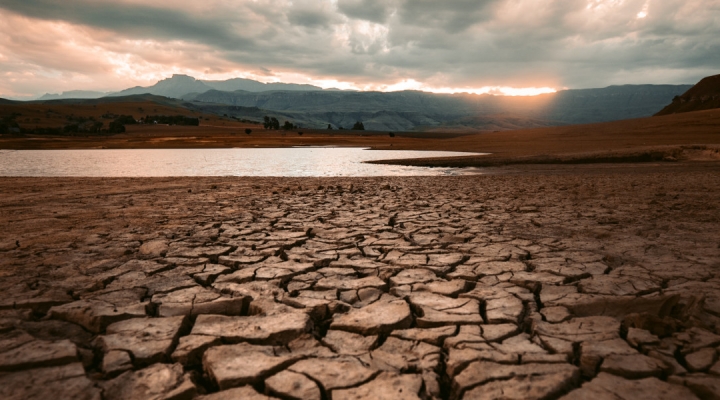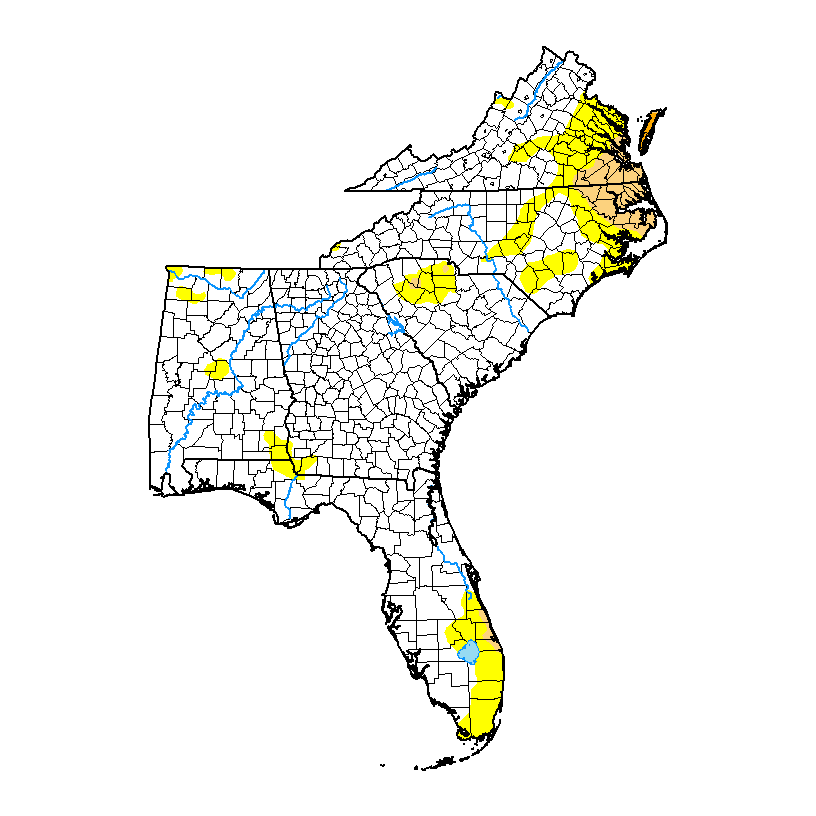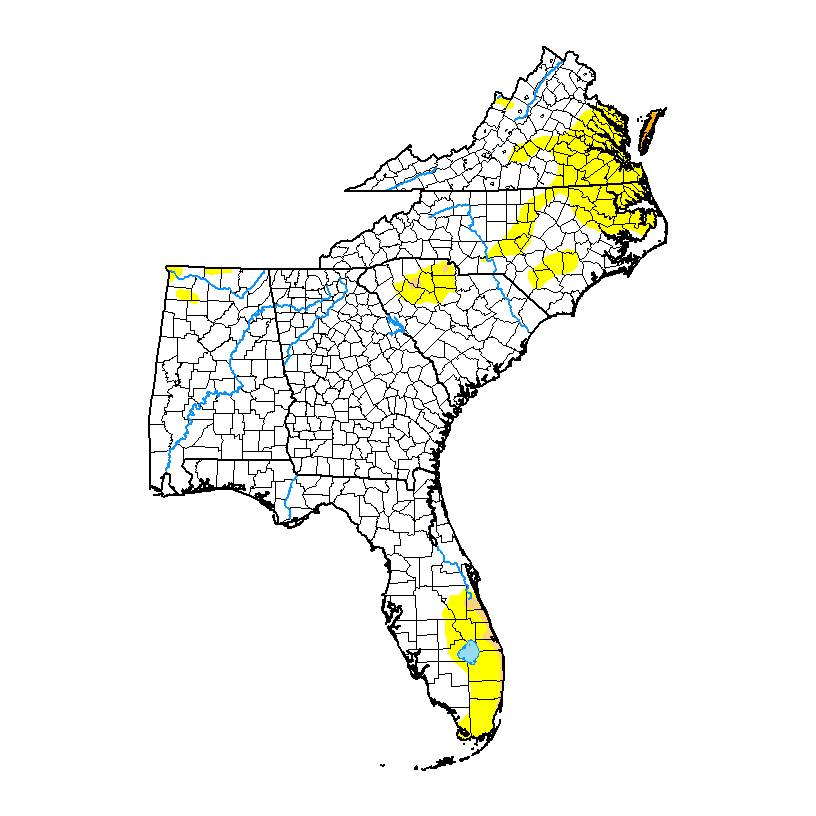Drought
-

The latest Drought Monitor, released today, shows that abnormally dry conditions have expanded in most of the region but especially the western part, including most of Alabama and Georgia and parts of the Carolinas and Florida. This is due to the completely lack of rainfall under continuing high pressure after the remains of Ian moved…
Posted in: Drought -

The latest Drought Monitor, released today, shows that the copious rainfall from Hurricane Ian decimated drought in North and South Carolina and in Virginia, but the path of the storm left Georgia, Alabama, and the Florida Panhandle with almost no rain at all, leading to increases in drought and abnormally dry conditions there. With no…
Posted in: Drought -

Water supplies in the Middle East can be highly variable and at times hard to come by. Lebanese farmers have used novel methods for collecting rainwater to help supplement irrigation water for crop production. But in recent years, rainfall has gotten more scarce, leading to difficulty in maintaining their crops with a dwindling water supply.…
-

The latest Drought Monitor, released this morning, shows an expansion of moderate (D1) drought in Virginia and North and South Carolina and abnormally dry (D0) conditions in Alabama and Georgia as almost no rain fell in the last week. By comparison, drought was eliminated and dry conditions shrunk in Florida, which felt the early effects…
Posted in: Drought -

The latest Drought Monitor, released yesterday, shows that as you might expect, drought was completely wiped out of Puerto Rico after the heavy rainfall from Hurricane Fiona, although it does remain in the US Virgin Islands. Meanwhile, there were some minor expansions of abnormally dry conditions in Alabama and Georgia. But the biggest expansion was…
Posted in: Drought -

The latest Drought Monitor, released yesterday, shows that in most of the Southeast, the area in drought has decreased. The only exception is in the southern tip of the Delmarva peninsula, which is far eastern Virginia, where the drought there was upgraded to severe drought (D2) this week. Drought in Puerto Rico also decreased this…
Posted in: Drought -

While it has not been too hot here in the Southeast, that is not true in other parts of the world. For example, the extreme heat in California and surrounding states has caused significant damage to crops such as lettuce, browning the edges and making them unsellable because of cosmetic damage or just killing them…